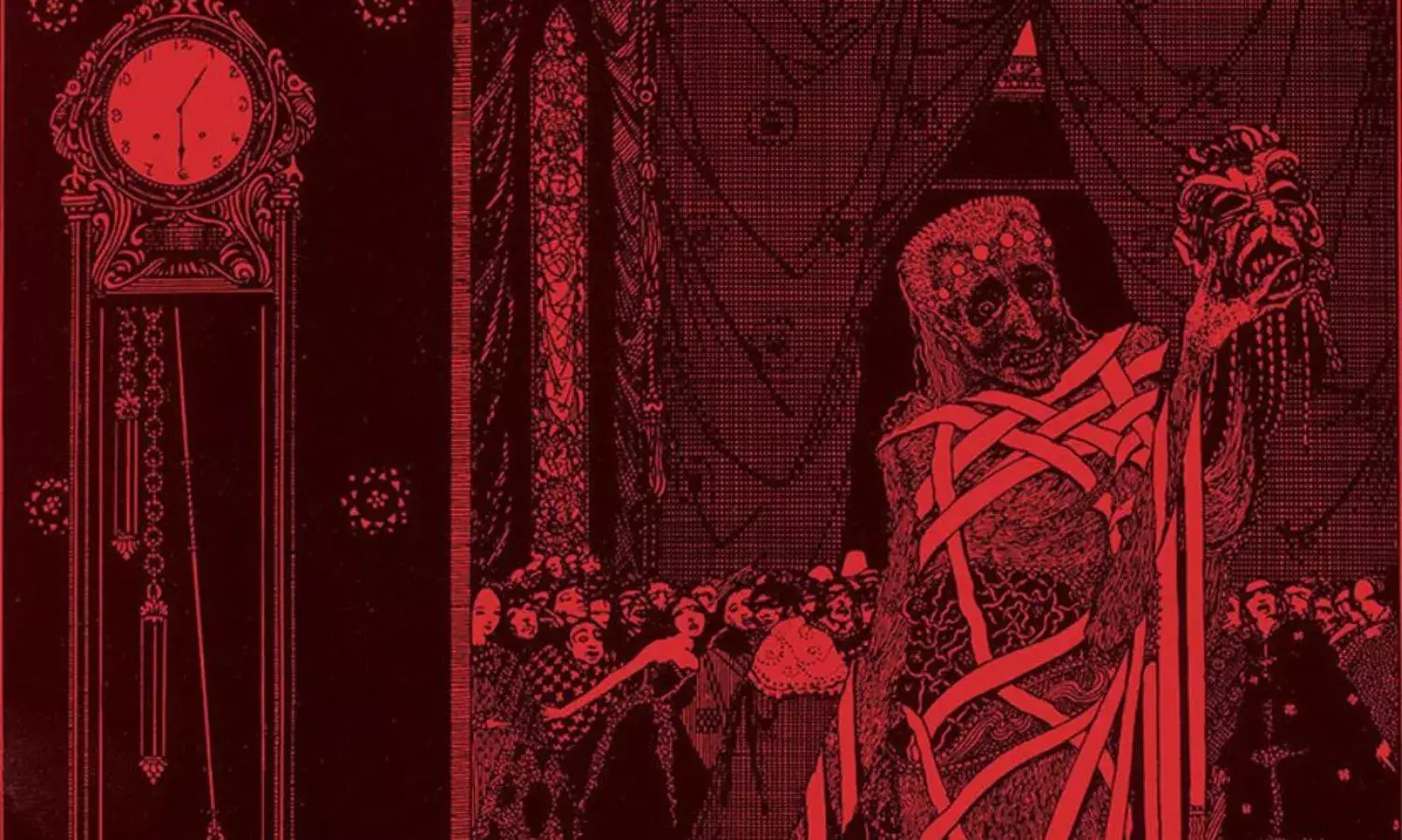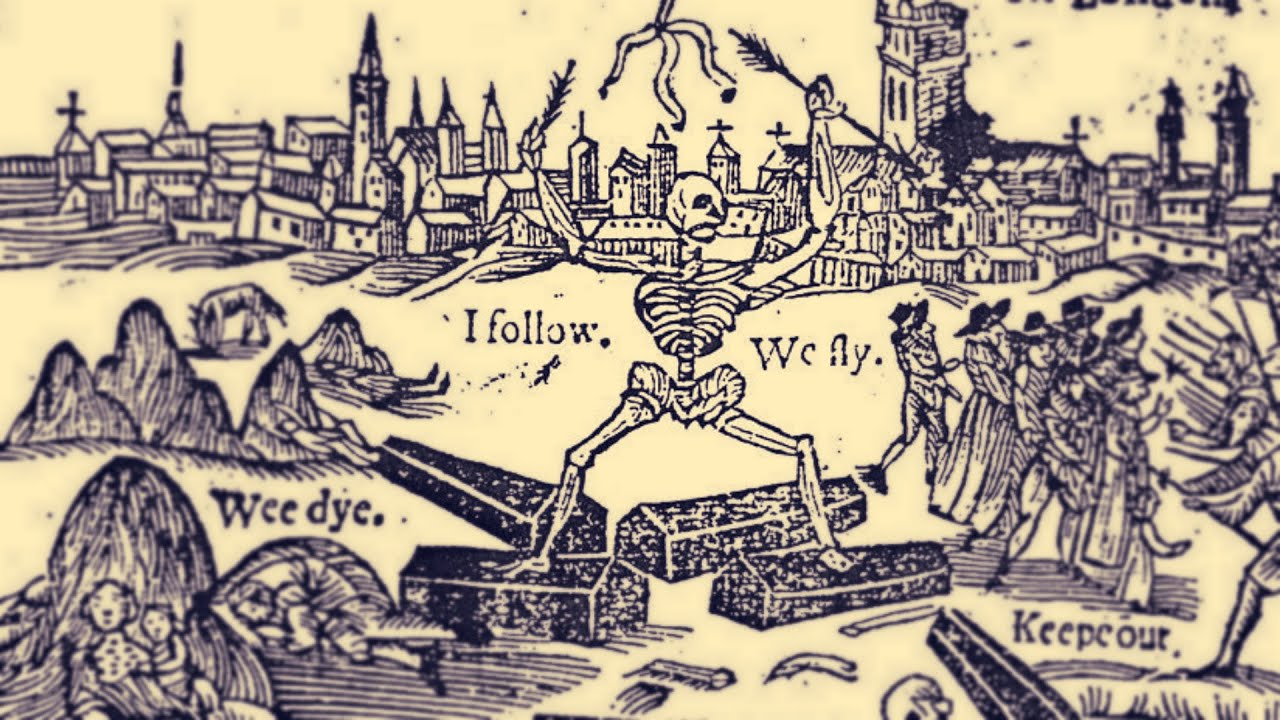Literature Helps Withstand This
‘they were humanists: they disbelieved in pestilences’;


A Journal of the Plague Year, Daniel Defoe (1722)
In this extraordinary account of the devastation and human suffering inflicted on the city of London by the Great Plague of 1665, Defoe reports how in 1664 civil authorities in London tried to make the number of plague deaths appear lower than it was by registering other, invented diseases as the recorded cause of death. The poor bore the major burnt of the London epidemic.
“Here also I ought to leave a further remark for the use of posterity, concerning the manner of people’s infecting one another; namely, that it was not the sick people only from whom the plague was immediately received by others that were sound, but the well. To explain myself: by the sick people I mean those who were known to be sick, had taken their beds, had been under cure, or had swellings and tumours upon them, and the like; these everybody could beware of; they were either in their beds or in such condition as could not be concealed.
By the well I mean such as had received the contagion, and had it really upon them, and in their blood, yet did not show the consequences of it in their countenances: nay, even were not sensible of it themselves, as many were not for several days. These breathed death in every place, and upon everybody who came near them; nay, their very clothes retained the infection, their hands would infect the things they touched, especially if they were warm and sweaty, and they were generally apt to sweat too.”
The Masque of the Red Death, Edgar Allen Poe (1842)
This short story by Poe is particularly scathing on the institutional response to a plague. As a mysterious epidemic spreads among the people, to escape death Prince Prospero secludes himself and a thousand noblemen in a castellated abbey welds the gates closed and hosts a masked ball. The epidemic rages and kills the poor who were left outside to fend for themselves.
It is toward the fifth or sixth month of his seclusion that Prince Prospero and his friends celebrate within the sealed confines of the abbey their succesful bid to avoid the contagion, when quite suddenly the disease invades their sanctuary and kills everyone. This cautionary tale about humanity in a plague explains the moral timidness of an incompetent executive. It reflects upon the wages of inequity and denial.
“The red death had long devastated the country. No pestilence had ever been so fatal, or so hideous. Blood was its Avatar and its seal – the madness and the horror of blood. There were sharp pains, and sudden dizziness, and then profuse bleeding at the pores, with dissolution. The scarlet stains upon the body and especially upon the face of the victim, were the pest ban which shut him out from the aid and from the sympathy of his fellow-men. And the whole seizure, progress, and termination of the disease, were incidents of half an hour.
But Prince Prospero was happy and dauntless and sagacious. When his dominions were half depopulated, he summoned to his presence a thousand hale and light-hearted friends from among the knights and dames of his court, and with these retired to the deep seclusion of one of his crenellated abbeys. This was an extensive and magnificent structure, the creation of the prince's own eccentric yet august taste. A strong and lofty wall girdled it in. This wall had gates of iron. The courtiers, having entered, brought furnaces and massy hammers and welded the bolts.”
La Peste / The Plague, Albert Camus (1947)
“Our townsfolk were like everybody else, wrapped up in themselves; in other words they were humanists: they disbelieved in pestilences. A pestilence isn’t a thing made to man’s measure; therefore we tell ourselves that pestilence is a mere bogy of the mind, a bad dream that will pass away. But it doesn’t always pass away and, from one bad dream to another, it is men who pass away, and the humanists first of all, because they haven’t taken their precautions…
Our townsfolk were not more to blame than others; they forgot to be modest, that was all, and thought that everything still was possible for them; which presupposed that pestilences were impossible.”
Reading The Plague in India, the most coronavirus-afflicted country in the world, one instinctively spots parallel trajectories of huge devastation in the cities of India and that of Camus’ Oran in Algeria. It contains all the usual elements : initial denial, unprepared leadership, vicious rumour and consipiracy. The narrator tells us that “no one will ever be free so long as there are pestilences.”
Twilight in Delhi, Ahmed Ali (1940)
Ahmad Ali’s novel portrays a bleak and pathetic picture of the city in the spread of epidemic. Set against the background of the newly created capital of India and a fast changing sociopolitical environment, it records the consequence of the 1918 Influenza, popularly known as Bombay fever, in the life of old Delhi. This pandemic claimed over 50 million lives worldwide and about 10 to 20 million lives in India. The book seems the mirror image of today’s Delhi.
“Men carried dead bodies on their shoulders by the score. There was not a single hour of the day when a few dead bodies were not carried outside the city to be buried. Soon the graveyards became full, and it was difficult to find even three yards of ground to put a person in his final resting-place. In life they had had no peace, and even in death there seemed no hope of rest. A new cemetery was made outside the city where people buried relations by the score.
The Hindus were lucky that way. They just went to the bank of the sacred Jamuna, cremated the dead, and threw away the ashes and unburned bones in the water. Many were thrown away without a shroud or cremation. They were mostly the poor. Yet in death it was immaterial whether you were naked or clothed or burnt or thrown away to be devoured by vultures and jackals.”

